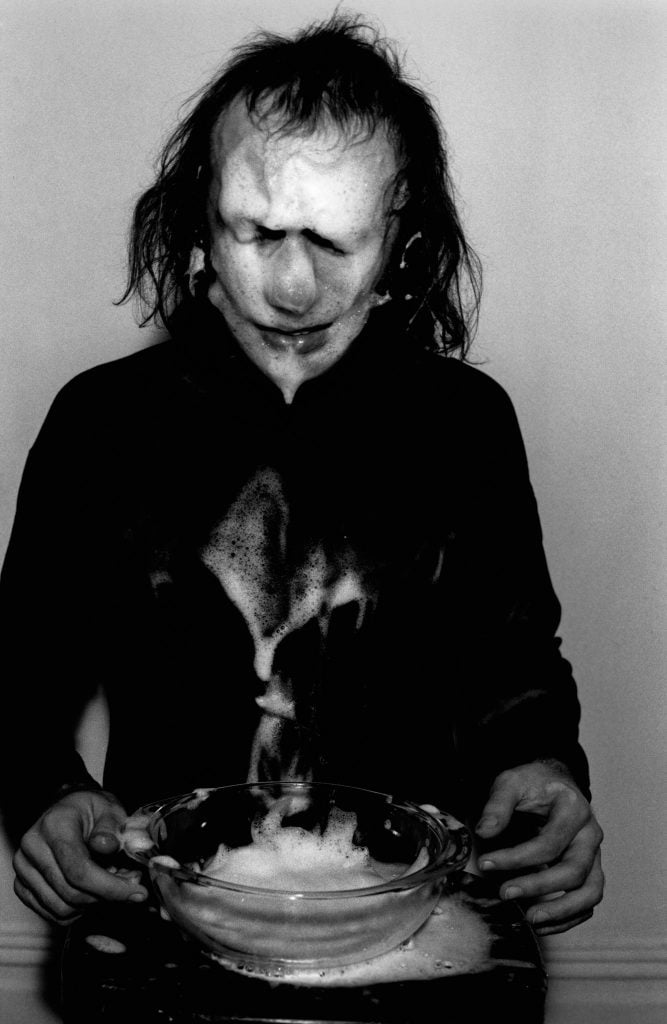People
Vito Acconci’s Estate Plans Center for Performance Art Pioneer’s Archive and Work
Acconci's wife says his work will "keep living like a Mobius strip—a future only Vito could have visualized.”

Acconci's wife says his work will "keep living like a Mobius strip—a future only Vito could have visualized.”

Julia Halperin

Maria Acconci, the wife of Vito Acconci, is planning a center dedicated to the late artist’s archives and work, artnet News can report. The artist, who died this morning at age 77, played a central role in the development of performance art before turning to experimental architecture later in life. Throughout his career, Acconci built up a robust archive that will now serve as a road map for scholars to navigate his diverse practice. The Bronx-born artist carefully documented every single work he created since the 1960s, when he began to shift from experimental poetry to performance.
In a statement provided to artnet News, Maria Acconci says: “It is with heart-break I share the news that the world lost Vito Acconci today. He was voracious in his genius and the indelible mark he has left on the world has no boundaries. His work and archives will live on as we plan a place for his generative art, architecture, design and performance to keep living like a Mobius strip—a future only Vito could have visualized.”
Christy MacLear, who has been working with Acconci’s studio at Art Agency Partners, confirms that the estate intends to create a central repository for the artist’s oeuvre. The project is still in its early stages and the exact location and program have yet to be determined.
Acconci’s documentation of his own work is “not an archive as much as a work of art in itself,” MacLear says. Every individual work of art that Acconci created over more than 50 years has its own folder, and every folder has “his famous black-and-white chalk scrawling writing” across it. Considering the diversity of Acconci’s output, it is notable that the artist documented everything in such a consistent fashion, MacLear says; he made sure it was ready to be shared.
Whatever form the center takes, it is unlikely to be traditional. In a profile of Acconci in the New York Times last year, his wife Maria said the artist had always wanted his career to be considered in its entirety, rather than pre- and post-architecture. Acconci himself said: “I never liked museums…They always seemed artificially separated from real life. But you have to be seen, and I guess I’ve never cared enough about that. Maybe I should have.”